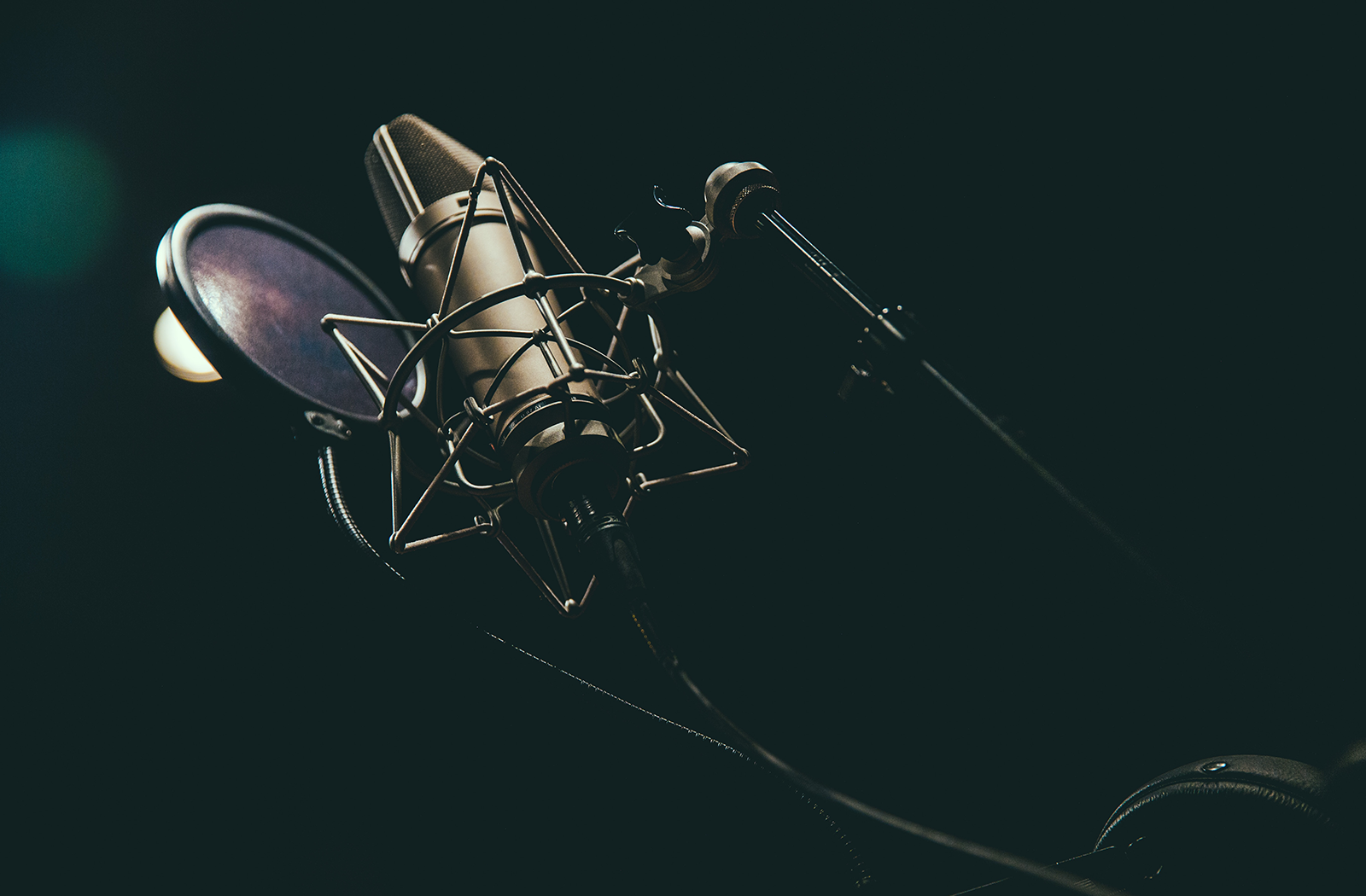Recording screencasts: My experiences

So, I've begun recording screencasts about ML.NET and will probably record more about other topics. How did I do it, and can you do the same?
In this post, I'll talk you through the why, the process and the tools that I use for recording my screencasts. Finally, I'll spend a little bit of time to talk about some of my learnings from this experiment.
Let's first talk about why I started recording.
Where the idea came from
There has been an explosion on twitter with people starting all sorts of streaming and recording. Some have begun recording podcasts. Others are streaming on Twitch.
I've always wanted to record videos, but never got around to it. I've got several reasons for making videos in addition to writing blogs:
- Some people prefer a video demonstration as they are more visually oriented
- Sometimes a video can provide that little bit of extra clarity
- Also, sometimes it's the other way around: Text provides copy-paste instructions lacking in videos
Also, I find recording videos a fun challenge, here's why.
My process of recording a screencast
So I set out the record my first screencast. Of course, I took a look at how others were doing it. I found a couple of useful posts on the topic:
- https://shawnhesketh.com/create-screencasts/
- https://www.techsmith.com/tutorial-camtasia-how-to-make-a-video-tutorial.html
From this, I derived my process for recording a screencast, that looks like this:
- First, I create a scenario for my screencast. I think I'll stick to three points maximum that take about 5 minutes to demonstrate.
- After that, I write the script for my screencast. I use a table in word with two columns: Action, Narrative. Writing a script beforehand allows me to record what I should tell you without saying a word too much.
- Next, I record the audio for the screencast. The length of the audio track dictates the minimum duration of the video. I do a step-by-step recording where I record each couple of sentences as a separate clip. This way, I can space them out. Also, I like to keep long pauses between sentences so I can re-record a sentence if needed.
- Then, I record the screen on my computer to capture the necessary visuals. I have a 5K display, which would be horrible to watch, so I downgrade the resolution to its lowest setting in Mac OS. I typically record several fragments that I can mix with PowerPoint slides that I export as JPEG files.
- Finally, I mix the audio recordings with the screen recordings and PowerPoint slides to construct the final screencast. I like to use subtle transitions in the screencast to finish it all up.
Of course, following this process is no guarantee for a cool video. I also invested a little bit in some recording gear.
Getting the right gear
You'll need a couple of things to record a screencast. I'm using the following tools to record mine:
Camtasia is a paid product that is awesome when it comes to creating screencasts. You can record audio and video separately. It also allows you to record just a small area of your screen which can come in handy. The editing features take a little bit of practice, but the learning curve is not too steep.
Get yourself a good microphone and headphone. It's essential for recording an excellent screencast. Also, I like to record during the evening in the home office. It's quiet and doesn't have too much of an echo to it. You can soundproof your room, but I found that unnecessary. The audio was pretty crisp.
Finally, invest some money into a pop filter. It helps you filter out loud noises like the letter T and P and normalize them a bit. It makes a world of difference to me. Also, it's good to know that you don't need to spend a lot of money on this. I think you can fashion one from pantyhose and a bit of wire if you're in a pinch. Then again, you have one for around 15 euros. You might as well spend that little bit of money on one.
Some learnings
After recording the screencast I've learned a few things for future screencasts:Some people tend to market themselves at the end of the video by asking viewers to subscribe. I didn't do that, and I'm in doubt if I will do that in the next video because I feel that it sounds the person is nagging. At the same time, I know that it will help get more viewers for future videos. I will have to figure out an excellent way to attract viewers without annoying people.
The videos are concise. I got a lot of feedback that short videos are helpful and fast. So I'll stick to the 5-minute format for now. Maybe I'll do longer videos for full projects, but that's for a later date.
All in all, I think it was a good experiment and people liked it. So you can expect more videos in the future. See you next time!